One can hardly find a more divisive architectural trend than brutalism: its enormous masses, clever design, and use of raw materials evoke feelings in everyone. This is not surprising as the purpose of brutalism is to make an impact on people.
The style flourished from the mid-twentieth century until the seventies, after which it received a rather unfavorable judgment, mainly because of its political content. In recent years, buildings with vicissitudes are experiencing a renaissance, with more and more people discovering them as a source of inspiration. Whatever one thinks of them, their sculptural composition and dystopian atmosphere are definitely worth mentioning. So let’s see five fascinating examples from the last century!
Popina Memorial Park | Štulac, Serbia
In 1977, the local government wanted to build a monument to the site of the Battle of Popina in 1941, for the design of which the then already retired architect Bogdan Bogdanović was asked, giving him absolute artistic freedom. After laying the foundation stone, the designer walked the site with a stick in one hand, a watch in the other hand, and then, when the sun was in the right place, marked the exact positions of the parts of the structure. Those present were impressed by Bogdanović’s method, for whom the most important thing is to feel comfortable while designing. His works are very popular, especially among children, as their playfulness is easily passed on to the viewer while walking on the spot.
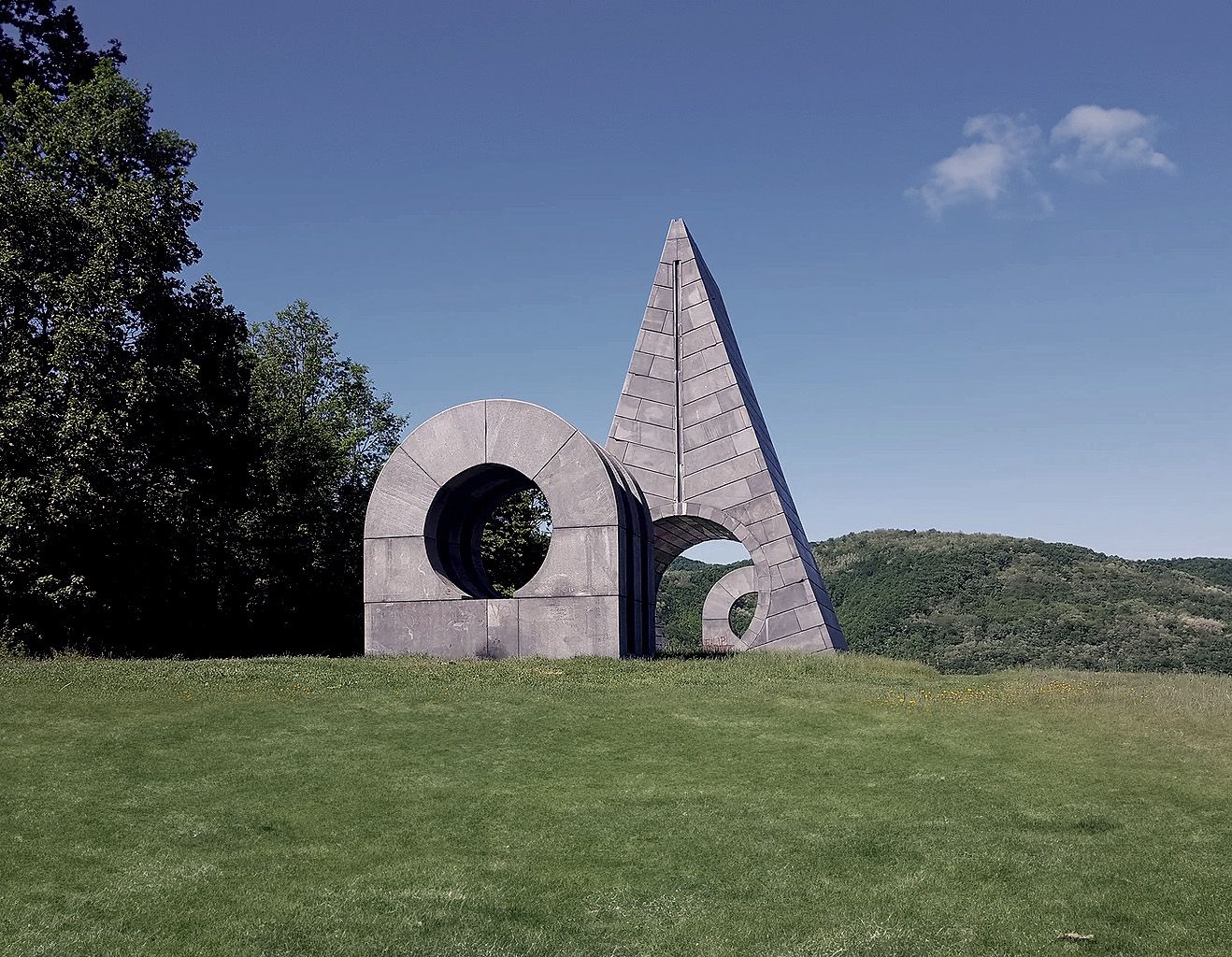
Buzludzha monument | Chadschi Dimitar mountain, Bulgaria
The gigantic concrete saucer was inaugurated in 1981 and commemorates 1,300 years of statehood of Bulgaria. Its vast multitude simultaneously impresses and intimidates us, and brings to mind the classic form of the colosseum, which is mixed with utopian, UFO aesthetics. In 1989, after the fall of the regime, the monument was abandoned, so nature took over. Its architectural values have been rediscovered in recent years, and in 2019 it received a grant from the Getty Foundation, which allows for the reconstruction of the edifice as well as the development of a new business model.
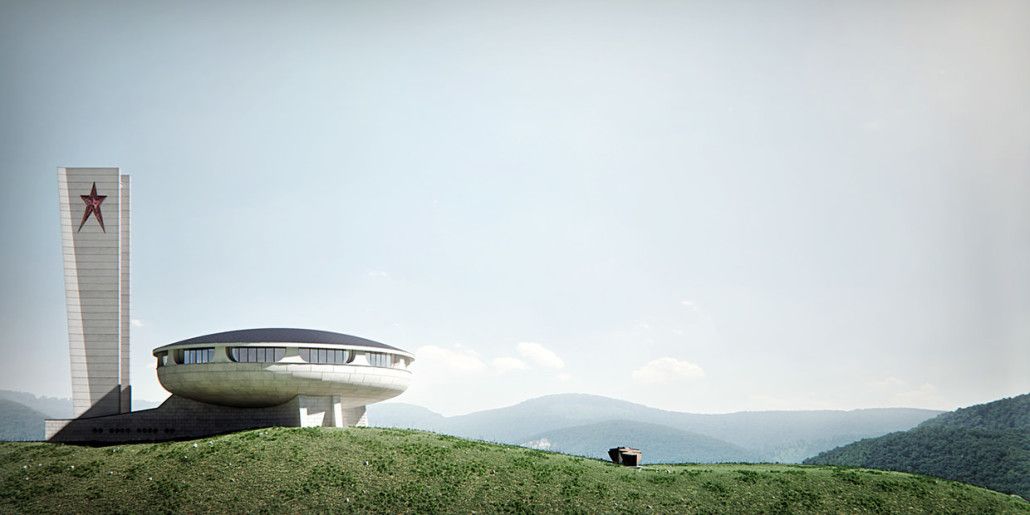
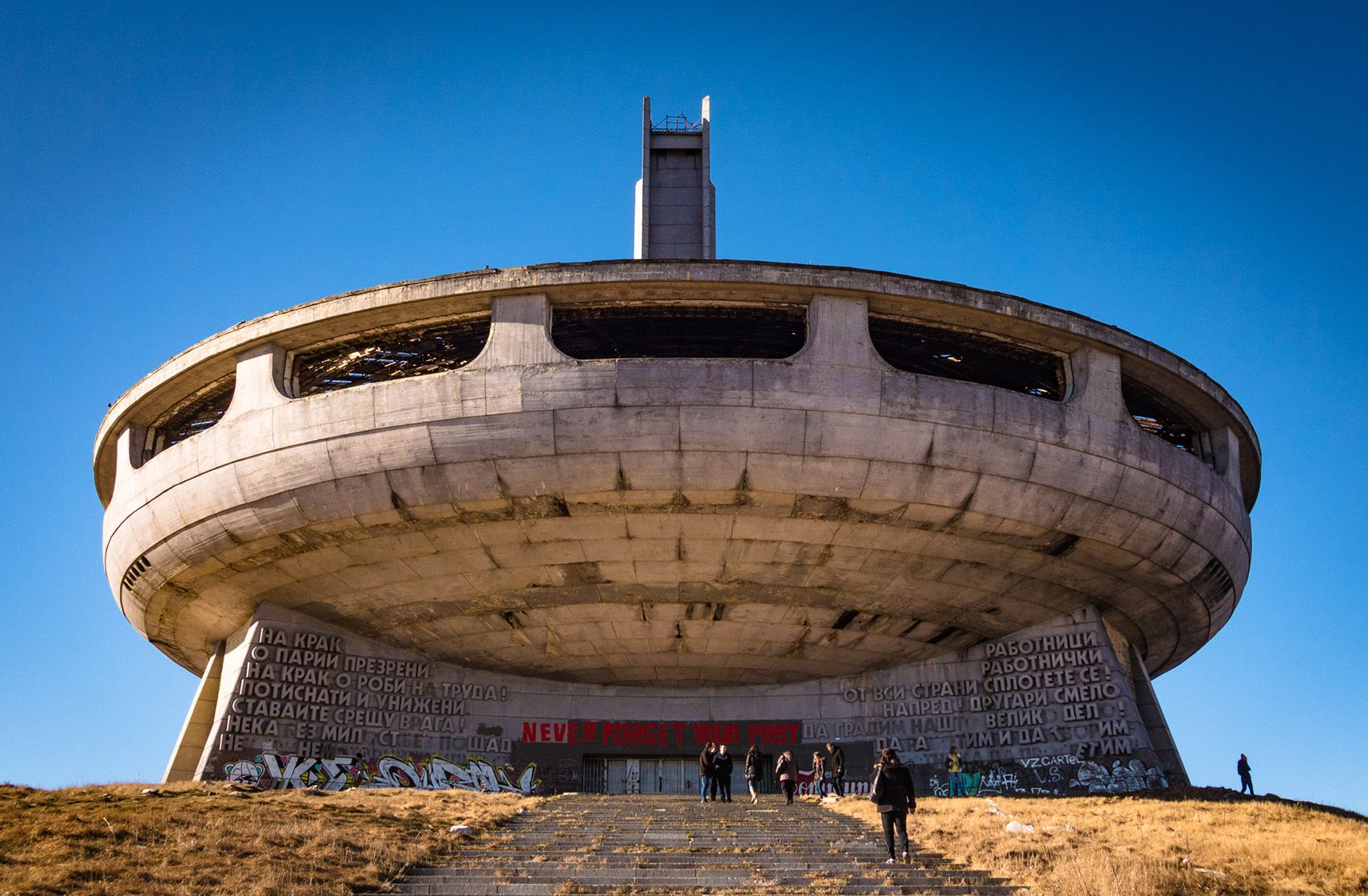

Church of the Most Holy Trinity | Vienna, Austria
The concrete church, built between 1974-1976, reminiscent of a Cubist statue, is the work of sculptor Fritz Wotruba and architect Fritz G. Mayr. The church tests the limits of art and architecture without any religious reference. Walking around the building consisting of 152 concrete blocks, we can always get to know different faces of the church due to its asymmetrical shape.
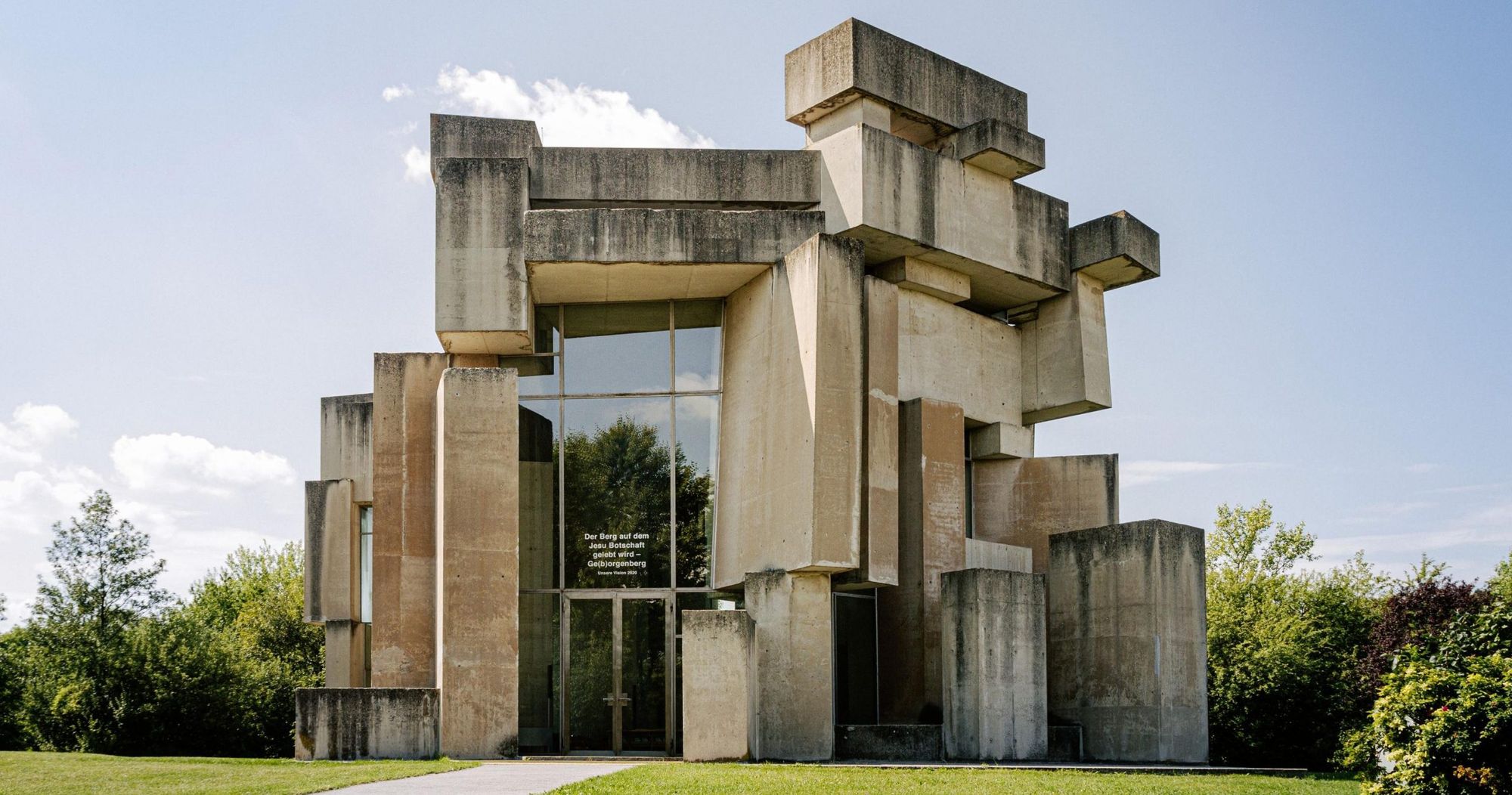
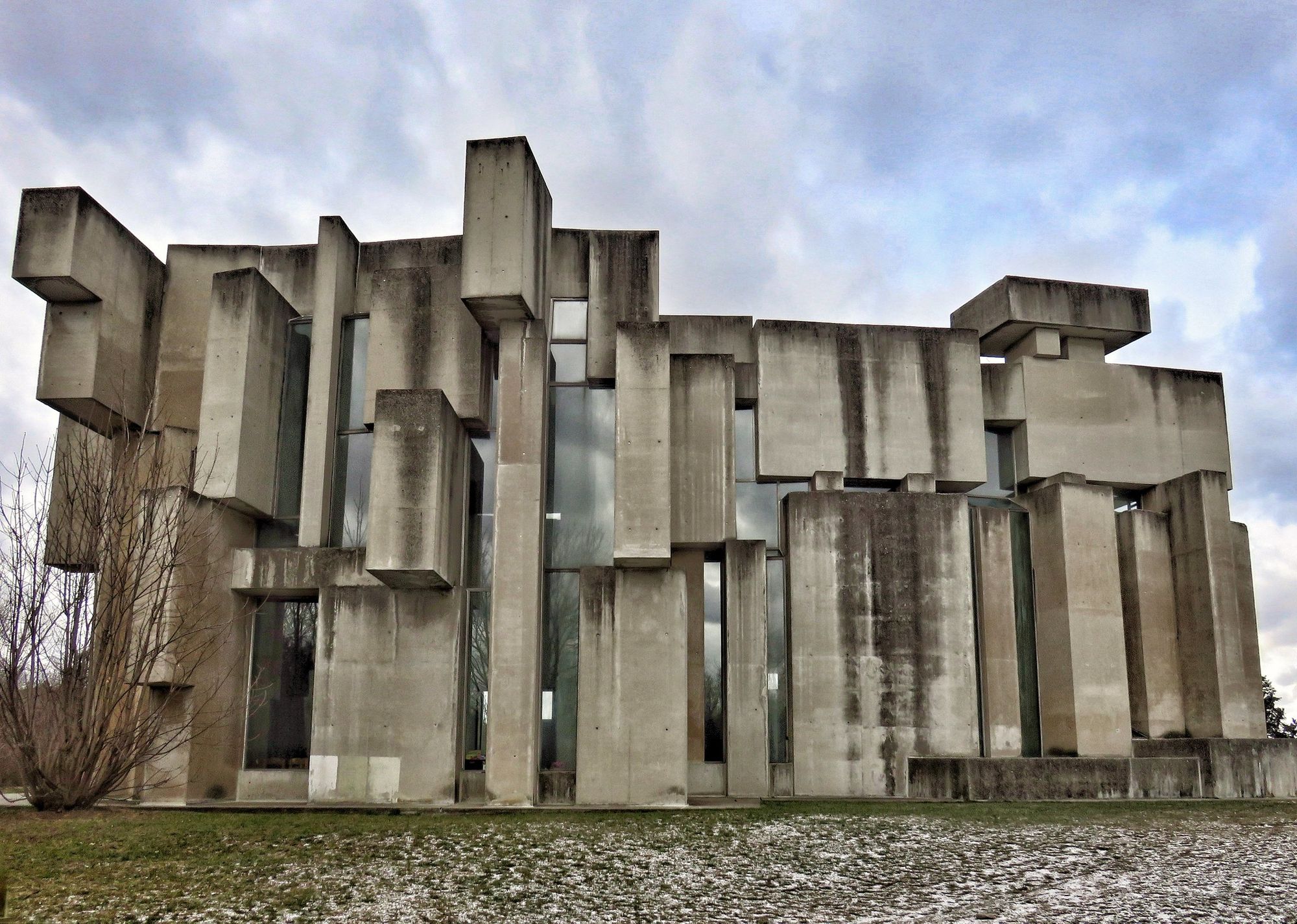
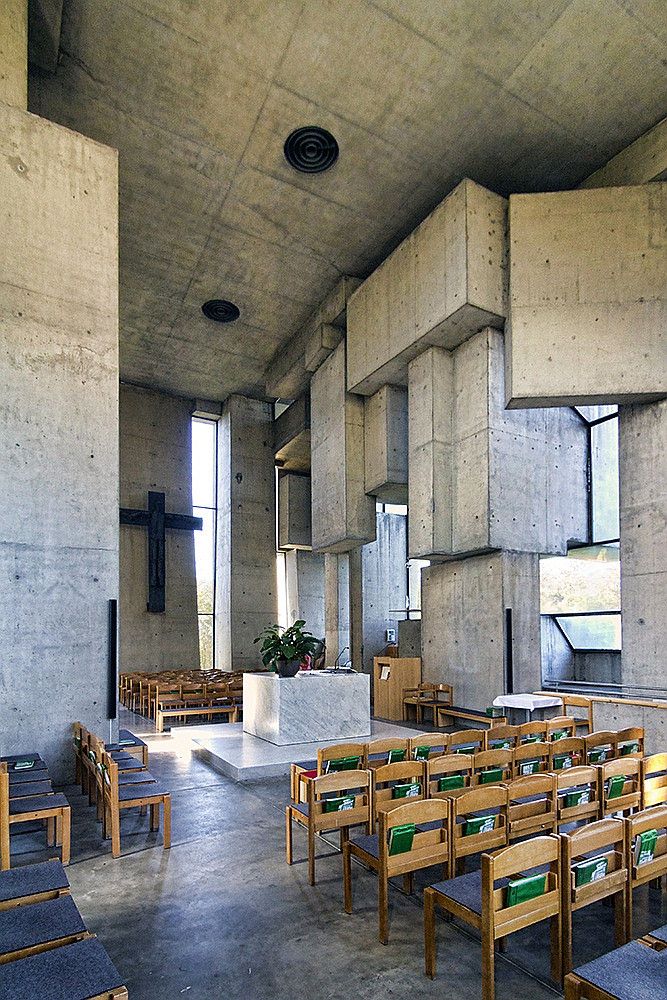
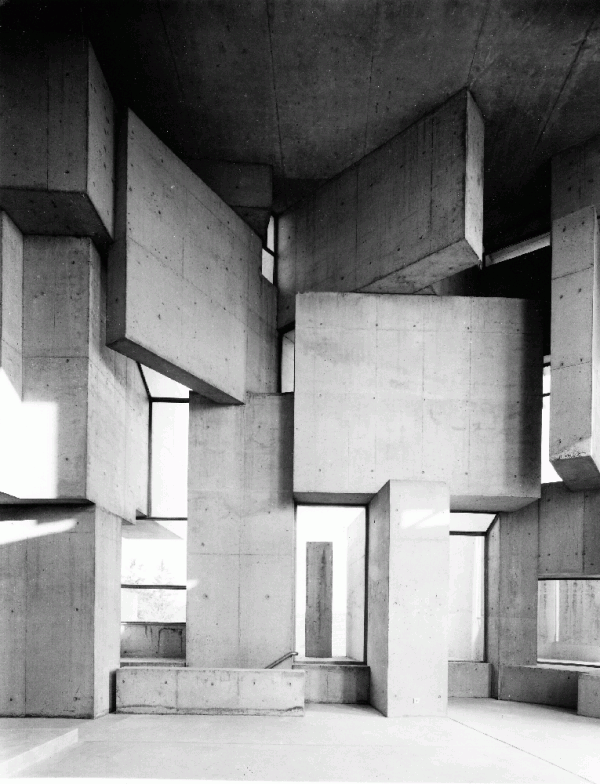
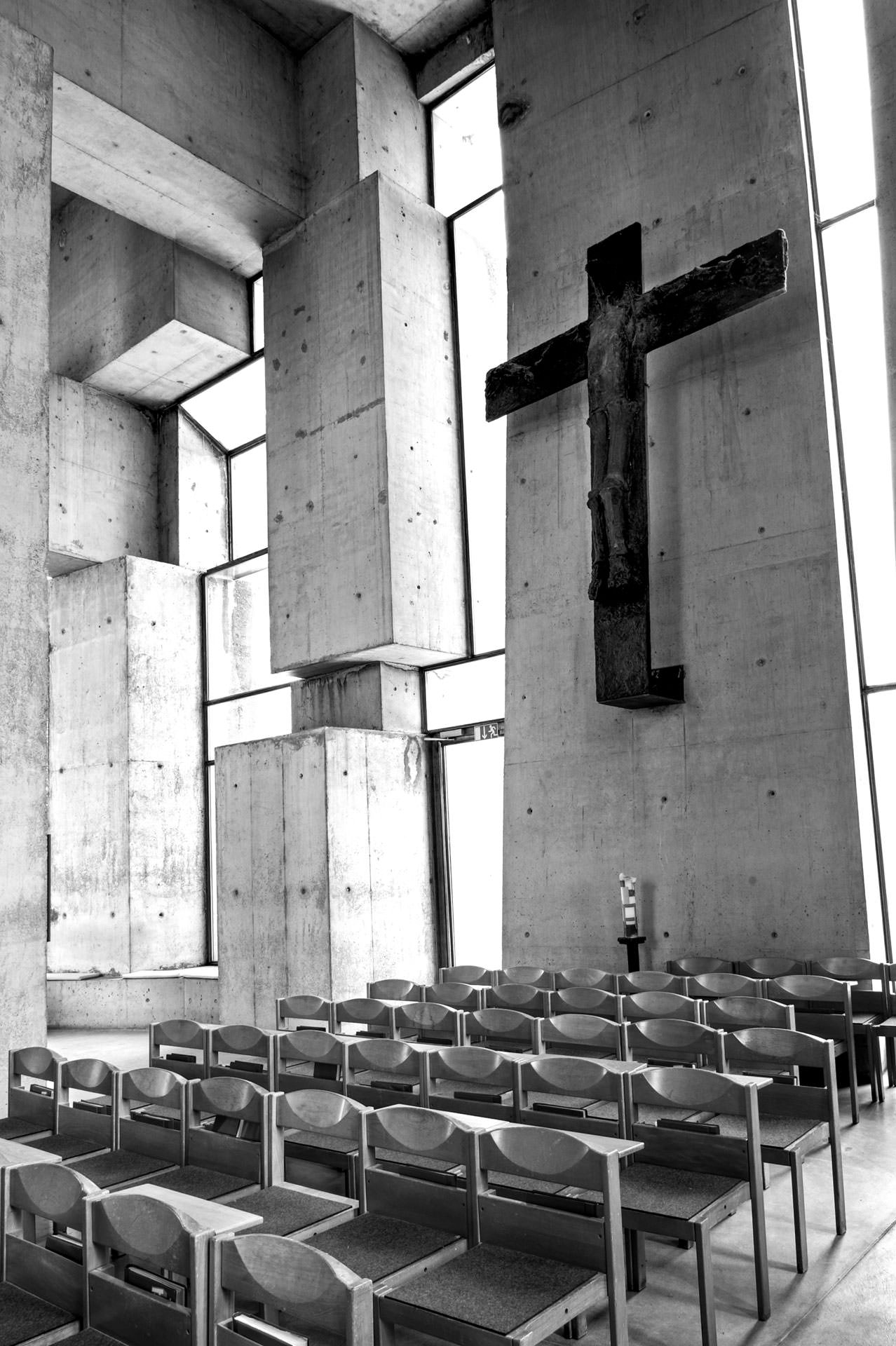
Sputnik Observatory | Szombathely, Hungary
Among the architectural heritages of Szombathely, we also find a brutalist gem: Elemér Zalotay’s observatory. The building is not only attractive, but also purely functionalist. The cast concrete wall ensures that the structure does not tremble while measurements are being made inside, and also protects sensitive instruments from sudden temperature fluctuations. In the lower concrete box, there is the measuring station, which is connected by a small staircase to the upper level, where the movable roofs and the telescope are located. The aim of these was also to avoid the transmission of trembling between the two parts of the building. The domed building was added to it only a few years later, creating a composition reminiscent of a space station. Currently, the building functions as the Gothard Astrophysical Observatory and Multidisciplinary Research Center of Eötvös Loránd University.
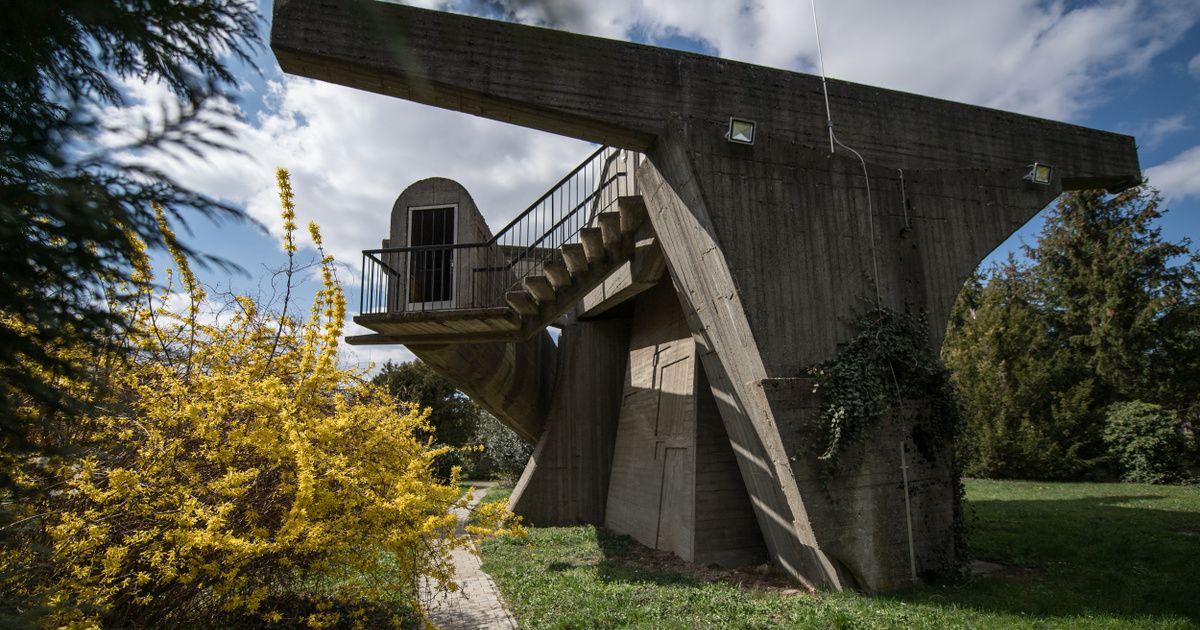
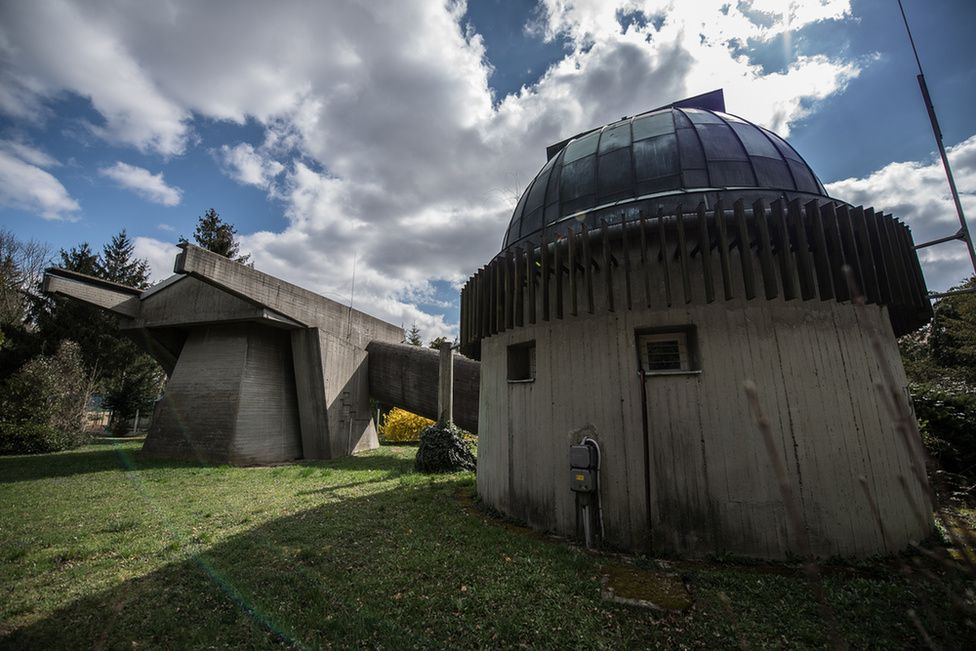
Haludovo Palace Hotel | Malinska, Croatia
Located on the coast of the Croatian island of Krk, Haludovo Palace Hotel was one of the most lavish holiday resorts of the 1970s. Bob Guccione, the owner of Penthouse magazine, invested $ 45 million in building a luxury hotel that provided a place to relax mainly for wealthy visitors from the West. The central location of the complex was the casino, while a restaurant, swimming pool, bowling alley and other recreational facilities welcomed the visitors. The design of the hotel is made special by the visible support structures and the rich use of materials. The hotel began to decline in the 1990s. Rumor has it that in the place of pools once full of champagne, broken tiles, dirty walls and graffiti remained in the brutalist citadel of Yugoslav hedonism.
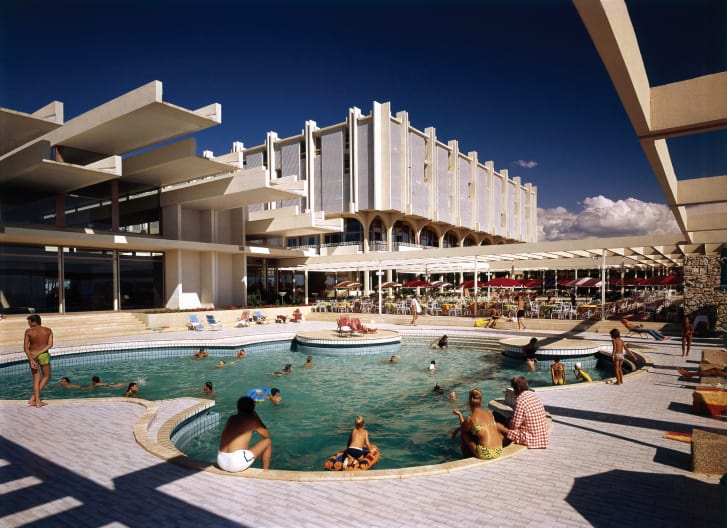
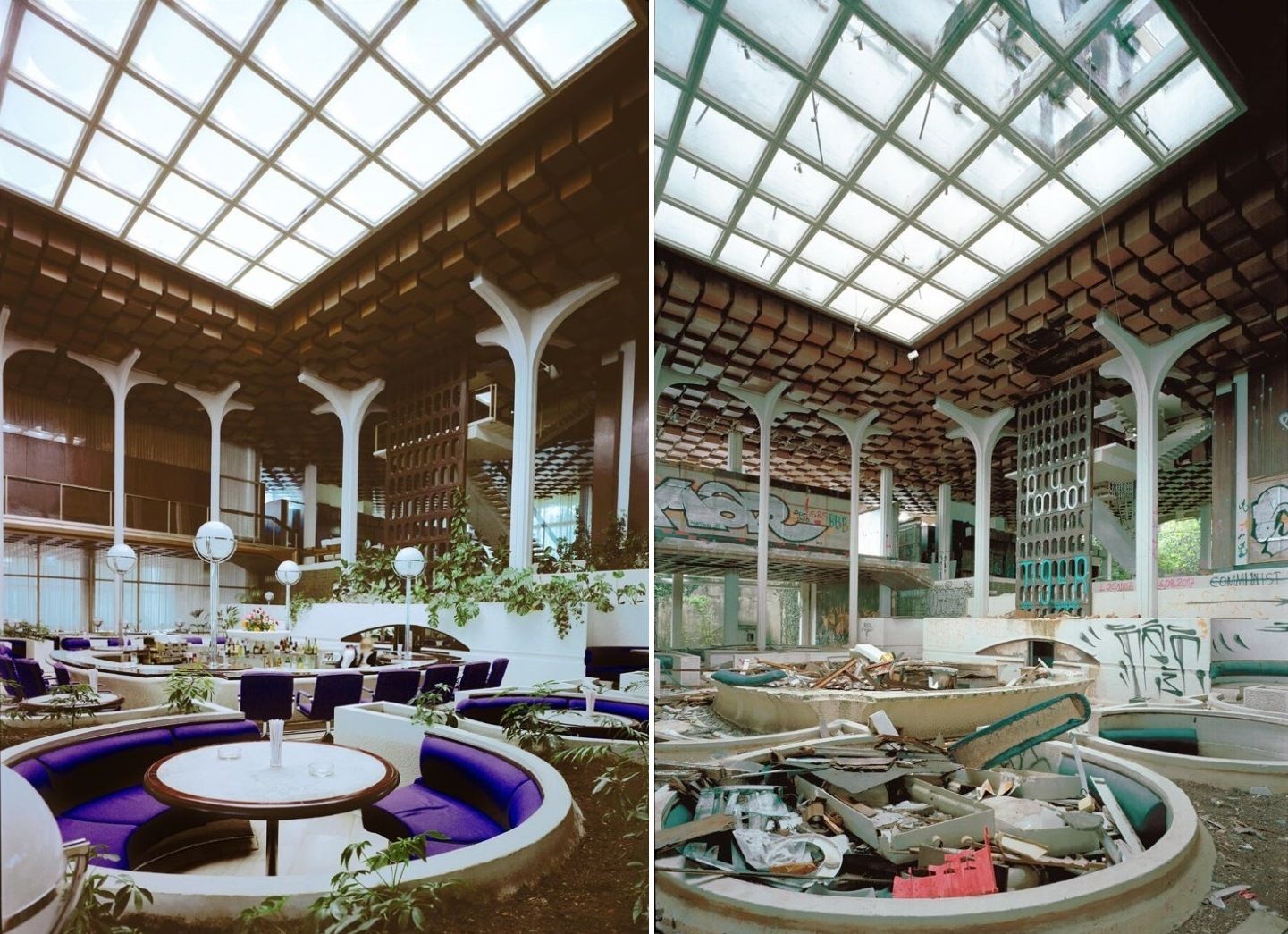
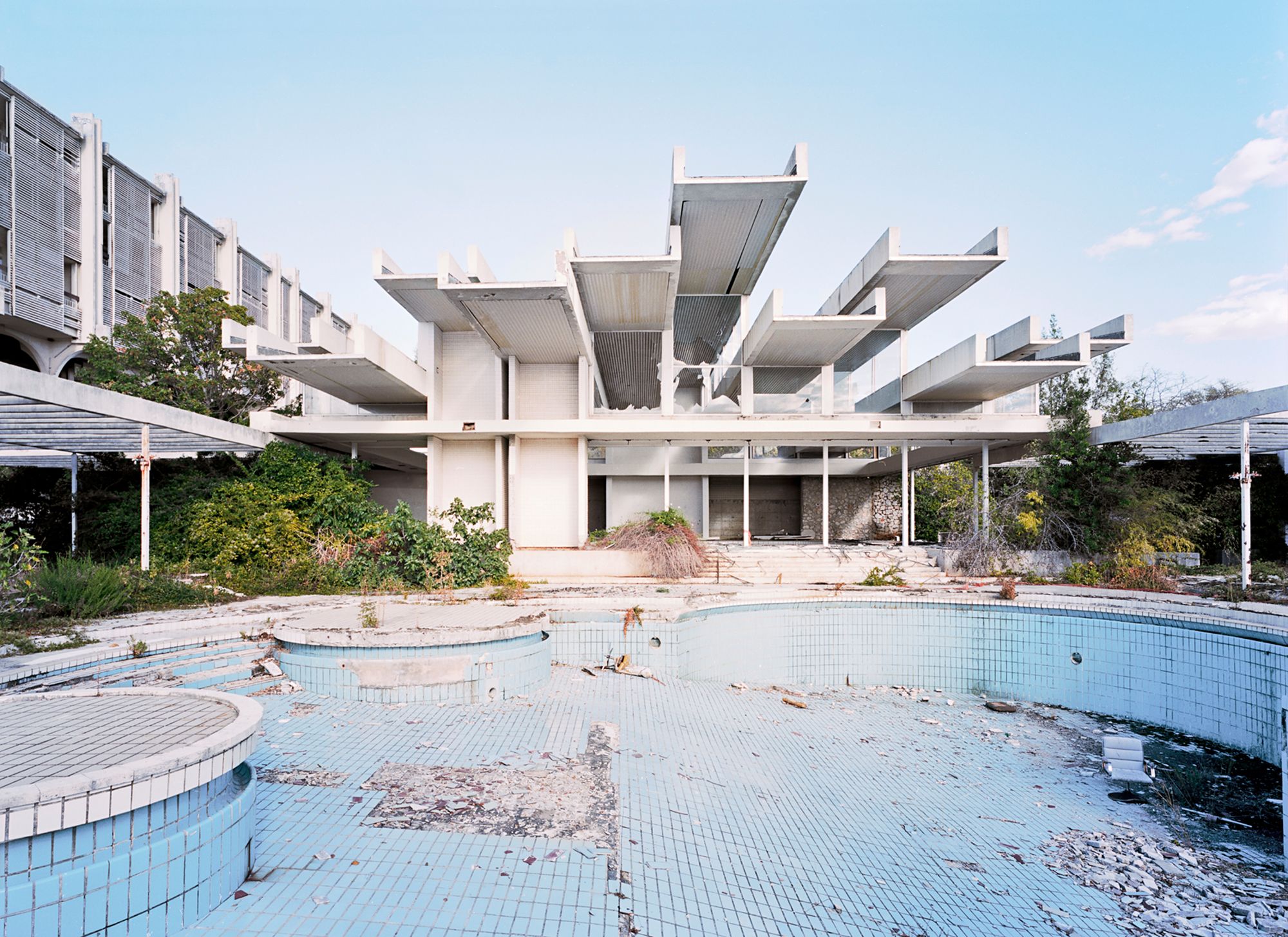

Sources: Architectuul, The Spaces, Architectuul, Index, Architizer

The triumph of Hungarian pasta—Nudli Pasta Canteen and Angéla Góg’s Laska project
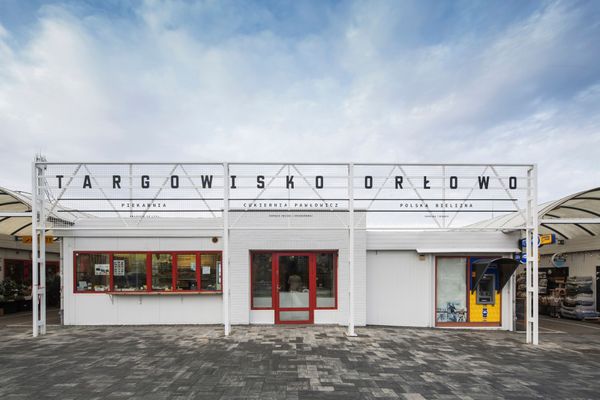
„We play with public spaces” | Traffic Design










